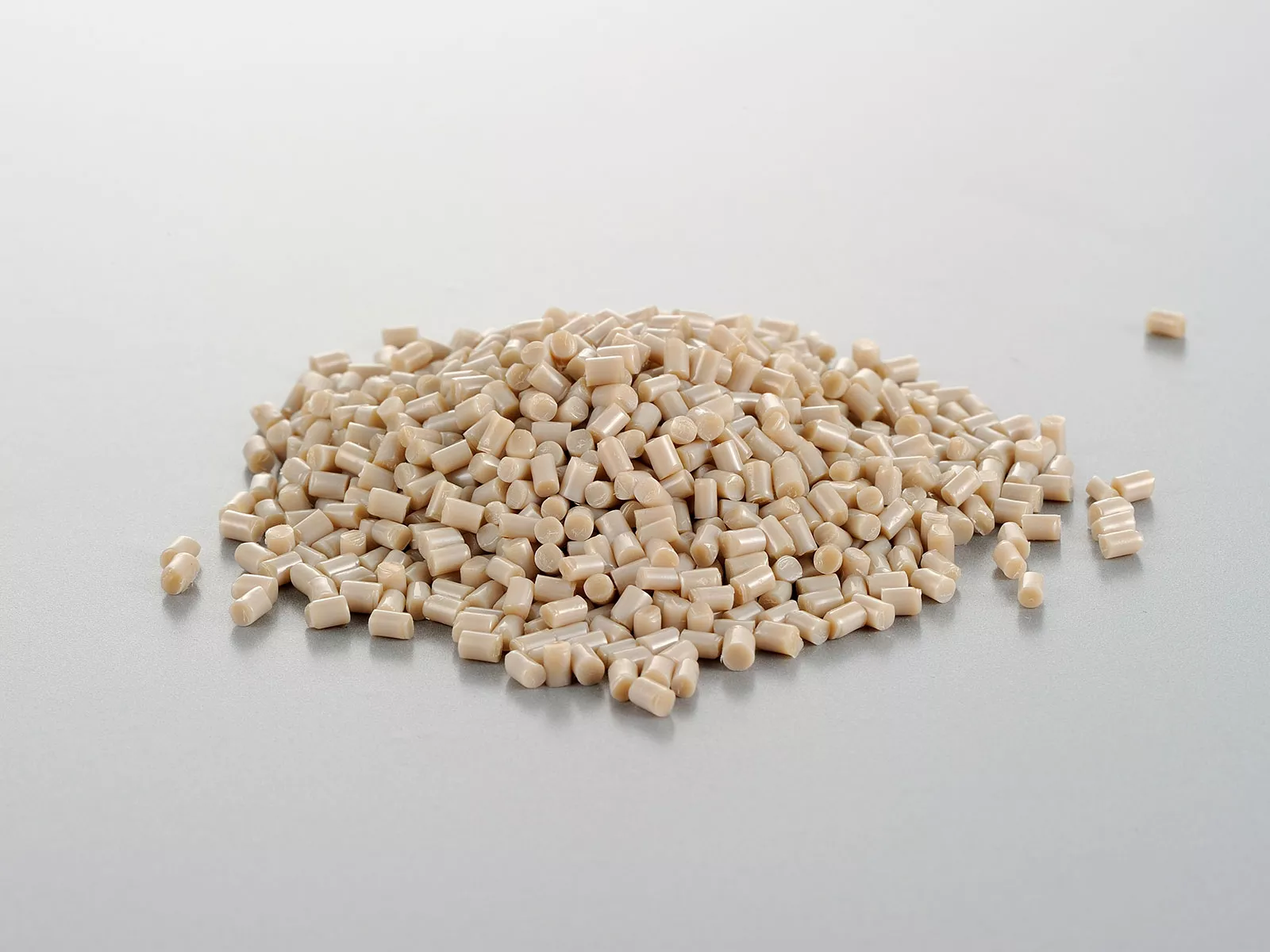Marble-coated pans have gained popularity in recent years due to their durability, non-stick properties, and aesthetic appeal. However, many consumers wonder if cooking with a marble-coated pan is safe. This article explores the safety of marble-coated cookware, its benefits, and how it compares to other types of non-stick pans.
What is Marble Coating?
Marble coating is a type of non-stick coating that incorporates marble particles into the coating material. This combination aims to provide the benefits of traditional non-stick surfaces while enhancing durability and offering a visually appealing, stone-like finish.
Safety of Marble-Coated Pans
1. Non-Toxic and PFOA-Free
- Chemical Safety: Most marble-coated pans are free from harmful chemicals like PFOA (Perfluorooctanoic Acid) and PFAS (Per- and polyfluoroalkyl substances), which are sometimes found in traditional non-stick coatings.
- Food Safety: The materials used in marble coatings are generally safe for cooking and do not release toxic fumes when heated, making them suitable for everyday use.
2. High Heat Resistance
- Temperature Tolerance: Marble-coated pans can typically withstand higher cooking temperatures than some traditional non-stick pans, reducing the risk of the coating breaking down and releasing harmful substances.
- Even Heating: The incorporation of marble particles can also help distribute heat more evenly, reducing the likelihood of hotspots and ensuring consistent cooking.
3. Scratch and Abrasion Resistance
- Durability: Marble-coated pans are often more resistant to scratches and abrasions compared to traditional non-stick coatings. This means they are less likely to release particles into your food over time.
- Utensil Safety: While it's always a good idea to use non-metal utensils to prolong the life of any non-stick pan, marble-coated pans are generally more forgiving if you occasionally use metal utensils.
Benefits of Marble-Coated Pans
1. Non-Stick Properties
- Ease of Cooking: The non-stick properties of marble-coated pans make cooking and flipping food easier, reducing the need for excessive oils and fats.
- Easy Cleanup: Foods are less likely to stick, making cleanup a breeze. A quick wash with warm, soapy water is usually sufficient.
2. Aesthetic Appeal
- Visual Appeal: Marble-coated pans often feature a unique, attractive appearance that can enhance the look of your kitchen.
- Variety: These pans come in various colors and styles, allowing you to choose one that matches your kitchen decor.
3. Versatility
- Multi-Use: Marble-coated pans are versatile and can be used for a variety of cooking methods, including frying, sautéing, and baking.
- Compatibility: Many marble-coated pans are compatible with various heat sources, including gas, electric, and induction stovetops.
Comparing Marble-Coated Pans to Other Non-Stick Options
1. Traditional Non-Stick (PTFE/Teflon)
- Heat Sensitivity: Traditional non-stick coatings like PTFE can degrade at high temperatures, potentially releasing harmful fumes.
- Durability: PTFE coatings can be less durable and more prone to scratching compared to marble coatings.
2. Ceramic Coating
- Chemical-Free: Like marble coatings, ceramic coatings are typically free from PFOA and PFAS, making them a safe choice.
- Heat Resistance: Ceramic coatings can also withstand high temperatures but may not be as durable as marble coatings in terms of scratch resistance.
3. Cast Iron and Stainless Steel
- Natural Non-Stick: Cast iron, when properly seasoned, offers natural non-stick properties without any coating. Stainless steel requires more oil and careful cooking techniques to prevent sticking.
- Durability: Both cast iron and stainless steel are extremely durable and can last a lifetime with proper care, but they lack the convenience of a non-stick surface.
Tips for Using Marble-Coated Pans Safely
1. Avoid High Heat
- Moderate Temperatures: While marble-coated pans can handle higher temperatures, it's best to use moderate heat to prolong the life of the coating and ensure safe cooking.
2. Use Appropriate Utensils
- Non-Metal Utensils: To maintain the integrity of the coating, use wooden, silicone, or plastic utensils instead of metal ones.
3. Proper Cleaning
- Gentle Cleaning: Avoid abrasive cleaners and scouring pads. Instead, use a soft sponge and mild detergent to clean your marble-coated pan.
4. Regular Inspection
- Check for Damage: Regularly inspect your pan for signs of wear and tear. If you notice significant scratches or the coating starting to peel, it may be time to replace the pan to avoid potential safety issues.
Conclusion
Cooking with a marble-coated pan is generally safe, offering benefits such as durability, high heat resistance, and excellent non-stick properties. Marble-coated pans are free from harmful chemicals like PFOA, making them a healthy choice for everyday cooking. By following proper usage and care guidelines, you can enjoy the advantages of marble-coated cookware while ensuring safe and efficient cooking.





